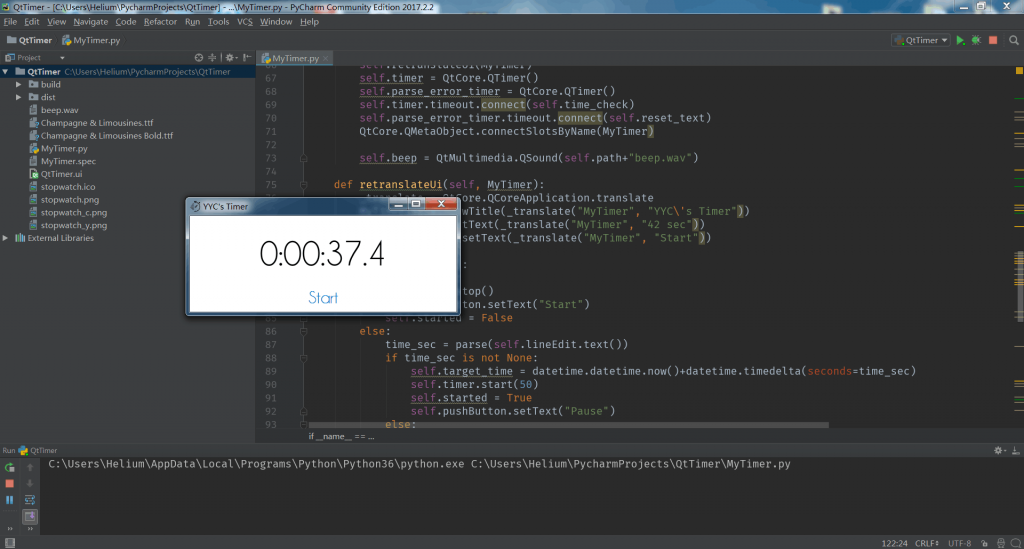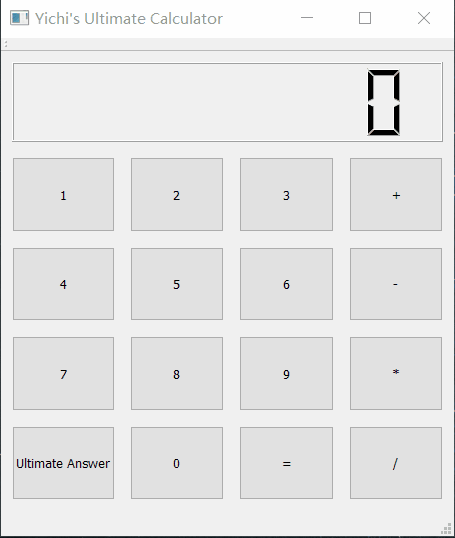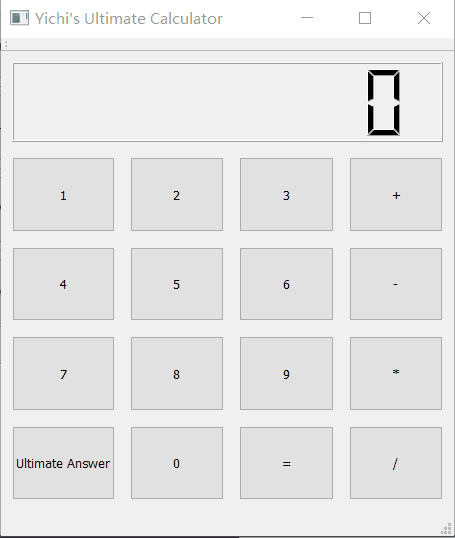This time, I’ll show you a few projects I did last June.
First, smart timer. Back then I wanted to learn some basics about GUI design, so I looked into PyQt. After doing some digging in the documents, I decided to do something for real. I really liked the simple design of Chris Dziemborowicz’s Hourglass, so I tried to imitate it to practice. I ended up with a timer which had more or less all the primary functions Hourglass had, and looked fairly similar. It could parse simple natural language inputs like “3 hours 5 minutes” or “5m 30s”, but once I press the “start” button, time would turn into HH:MM:SS.S format and start countdown (Hourglass actually displays time in “H hours M minutes S second” format, which is essentially the same). Like Hourglass, it also showed a blue ribbon progress bar around the text. Unfortunately all the project files except a screenshot were lost in an accident, so you have to trust me on what it can do.

The document for PyQt, however, was not very complete, and I found my self frequently referencing the C++ version of Qt5 document. Eventually I just moved on to learn Qt5 using C++. The next project was not as complex as the timer, but was equally fun. Basically it was a calculator that can do elementary arithmetic. Like any other calculator you press the buttons to input operands and the operator. Pressing the equals button makes the calculator spits out the answer.

You may ask, what makes it different from the calculator preinstalled on your phone or computer? Well, it has one skill up its sleeve. The reason it is called the Ultimate Calculator is that if you press the Ultimate Answer button, it computes the Answer to the Ultimate Question of Life, the Universe, and Everything.

That’s all it can do. I think I have mentioned it is just a very simple program, haven’t I? As always code can be found on Github.
 Text published under CC BY-SA 4.0
Text published under CC BY-SA 4.0